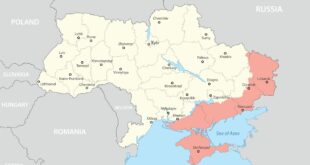It is the first time since 1913 that Canada has resettled over 300,000 new permanent residents in one year.
Canada’s government has reportedly pledged to keep to its target of accepting 300,000 immigrants over the next year, with the total number above the average of 259,542 immigrants admitted between 2011 to 2015.
Canada has an ageing population and it is thought that an influx of arrivals would help build economic growth in the country. If the government achieves its target, it will be the first time Canada has resettled more than 300,000 new permanent residents in a single year since 1913.
Immigration minister John McCallum said that making the 300,000 target permanent was laying the foundation for immigration growth in the future.
A recent recommendation by an economic advisory council to Finance Minister Bill Morneau, suggested that Canada raise its immigration target to 450,000 spread out over the next five years to bring skills and talent to the country’s businesses.
“That number is a conceivable number for some date in the future, but certainly not for 2017,” said McCallum.
“It [annual report to Parliament on immigration] outlines a significant shift in immigration policy toward reuniting more families, building our economy and upholding Canada’s humanitarian tradition to resettle refugees and to offer protection to those in need,” McCallum said.
The majority of new refugees will be Syrian, in accordance with the government’s commitment to resettle 25,000 Syrian refugees by the end of February, and thousands more over the year. It is also intending to triple the number of privately sponsored refugees to 18,000 in 2016.
Janet Dench, executive director of the Canadian Council for Refugees (CCR), was in favour of the government’s decision to prioritise refugees and family reunification, but said there are still worries over restrictions on sponsorship applications.
“There’s still a lot of other questions about whether we’re in a position to take full advantage of the enthusiasm of Canadians to respond to refugees,” Dench said to the Globe and Mail.
“We’re talking about … caps and sub-caps, which means there’s a limit overall on the numbers of refugees that sponsorship agreement holders can put in.
Source: International Business Times
 Geostrategic Media Political Commentary, Analysis, Security, Defense
Geostrategic Media Political Commentary, Analysis, Security, Defense





